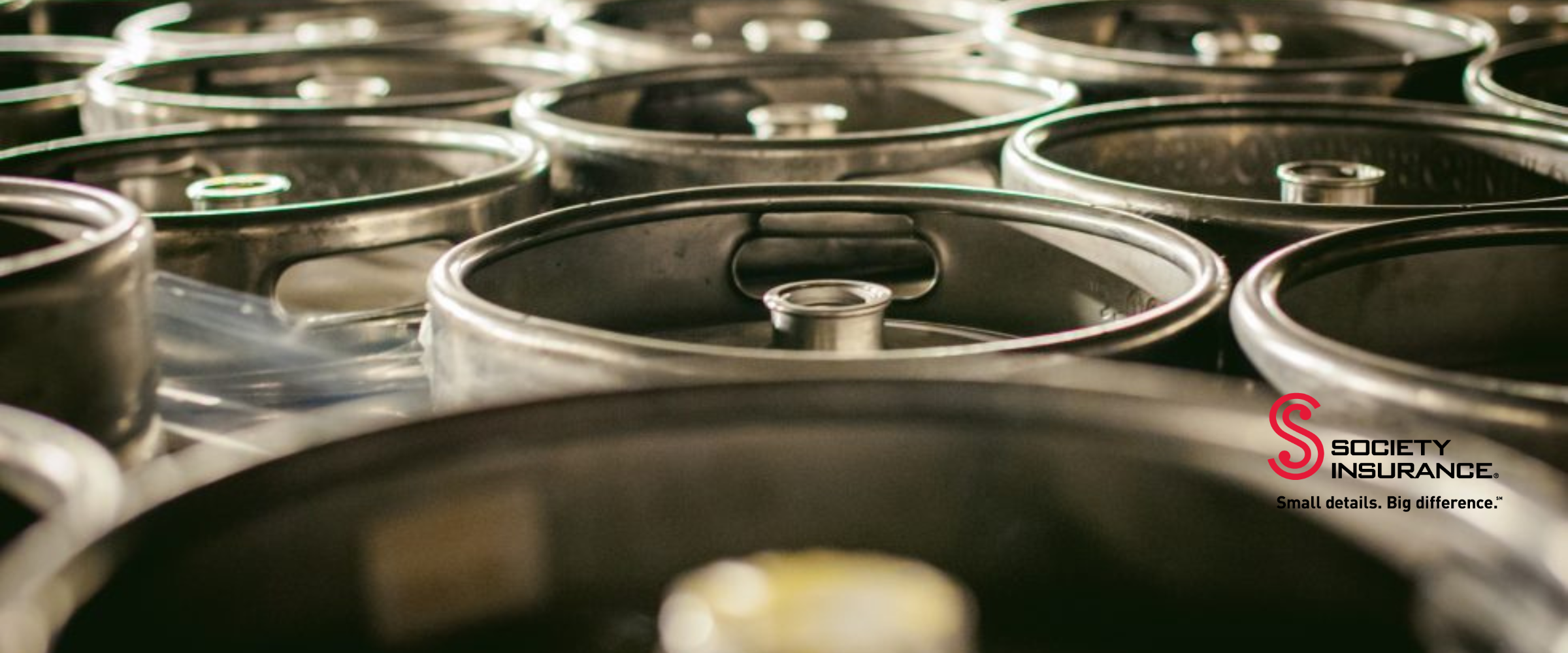Winning the Game of Safety: A Football-inspired Guide to Safe Keg Handling in Restaurants and Bars

Winning the Game of Safety: A Football-inspired Guide to Safe Keg Handling in Restaurants and Bars
In the fast-paced world of restaurants and bars, much like in football, teamwork, strategy and precision play a pivotal role. Just as players must work cohesively to secure a victory on the field, the staff in restaurants and bars must collaborate seamlessly to ensure a safe and enjoyable experience for patrons. One area where safety is paramount is keg handling. The following tips highlight the importance of teamwork and safety.
- Pre-Game Preparation: Safety Huddle
Just as a football team gathers before a game to discuss strategies and objectives, staff should conduct a pre-shift huddle to review keg handling protocols. Managers should emphasize the importance of proper lifting techniques, the use of safety equipment like gloves and goggles and the significance of communicating with team members during keg transport. - Playbook for Proper Lifting
In football, players are trained to lift weights using the correct techniques to prevent injuries. Similarly, restaurant and bar staff should follow a playbook for lifting kegs safely. Managers should encourage employees to bend their knees, keep their backs straight and use their leg muscles when lifting kegs. This technique minimizes the risk of back strains and injuries. - Defensive Line: Protecting Against Hazards
In football, the defensive line acts as a barrier against the opposing team's advances. Restaurant staff must adopt a similar defensive stance when it comes to keg handling. They should ensure that pathways are clear of obstacles, spills are promptly cleaned and that there's proper lighting to avoid any potential hazards during keg transportation. - The Quarterback's Vision: Communication is Key
Quarterbacks in football rely on clear communication with their teammates to successfully execute plays. In the realm of keg handling, effective communication also is vital. Managers should encourage staff to communicate their movements when transporting kegs, especially in crowded spaces. This can help prevent collisions and ensure everyone is aware of their surroundings. - Two-Minute Drill: Efficient and Swift Handling
In football, the two-minute drill requires a team to move quickly and efficiently to score before time runs out. Similarly, staff should prioritize swift yet safe keg handling. This includes minimizing idle time during keg transport, avoiding rushed movements and maintaining a sense of urgency while still adhering to safety guidelines. - Halftime Review: Continuous Training
Halftime in football is a time for reviewing the game's progress and making necessary adjustments. Similarly, managers should schedule regular safety reviews to ensure staff is well-versed in keg handling procedures. This ongoing training helps reinforce safe practices and keeps everyone on the same page. - Victory Dance: Celebrating Safety Success
Just as a football team celebrates a touchdown with a victory dance, restaurants and bars should celebrate safety successes. A recognition program for employees who consistently adhere to safe keg handling practices will foster a culture of safety awareness and motivate the team to prioritize safety at all times.
Much like a winning football team, restaurants and bars can achieve greatness through teamwork and a commitment to safety. By drawing parallels between the gridiron and the hospitality industry, owners and managers can drive home the importance of safe keg-handling practices. The ultimate goal is to create an environment where both employees and patrons can enjoy the game while staying safe and injury-free.
Society Insurance is recognized throughout the industry as a leader in providing superior restaurant and bar insurance, custom-tailored to fit each operation's unique needs. To learn more, visit https://societyinsurance.com/georgia/.

This information is provided as a convenience for informational purposes only and does not constitute legal or professional advice. It is provided to assist you in recognizing potential unsafe work problems or conditions and not to establish compliance with any law, rule or regulation.
